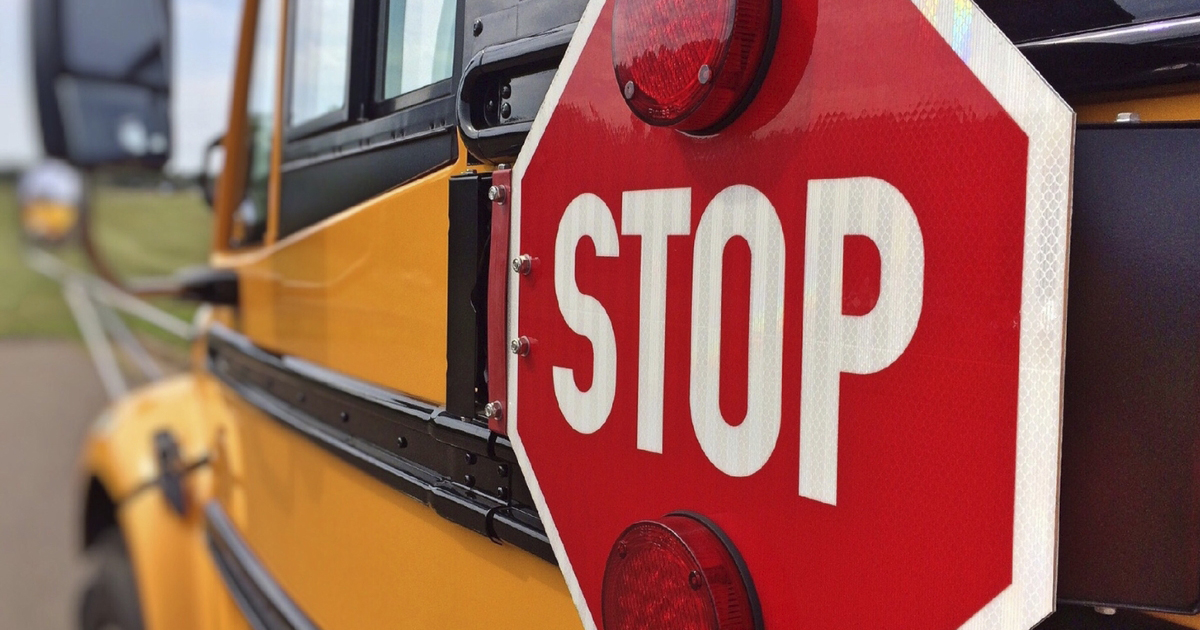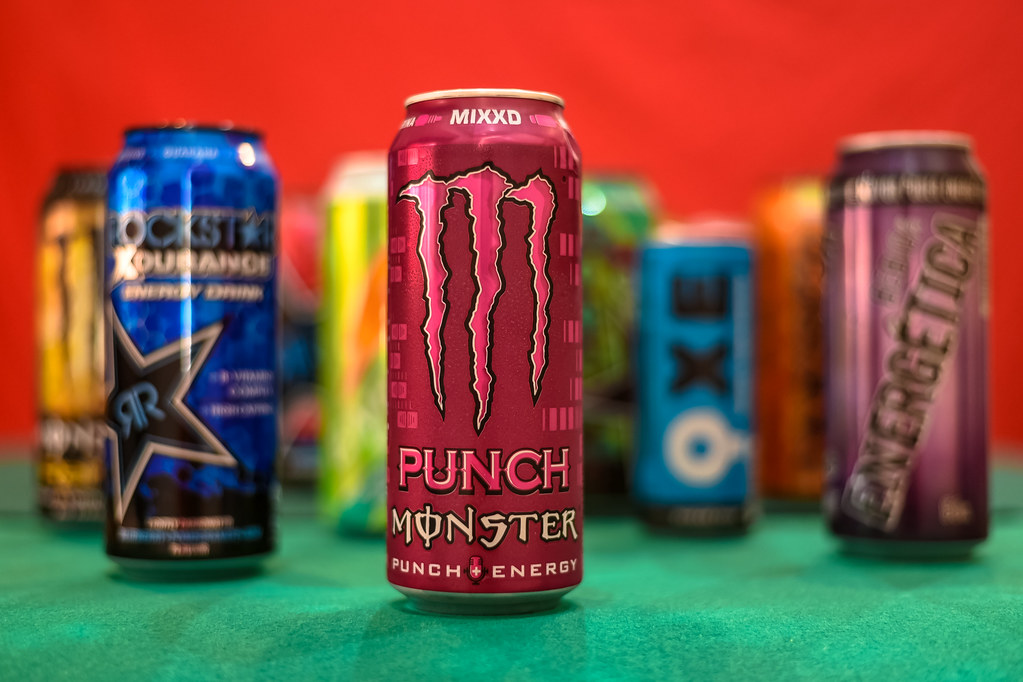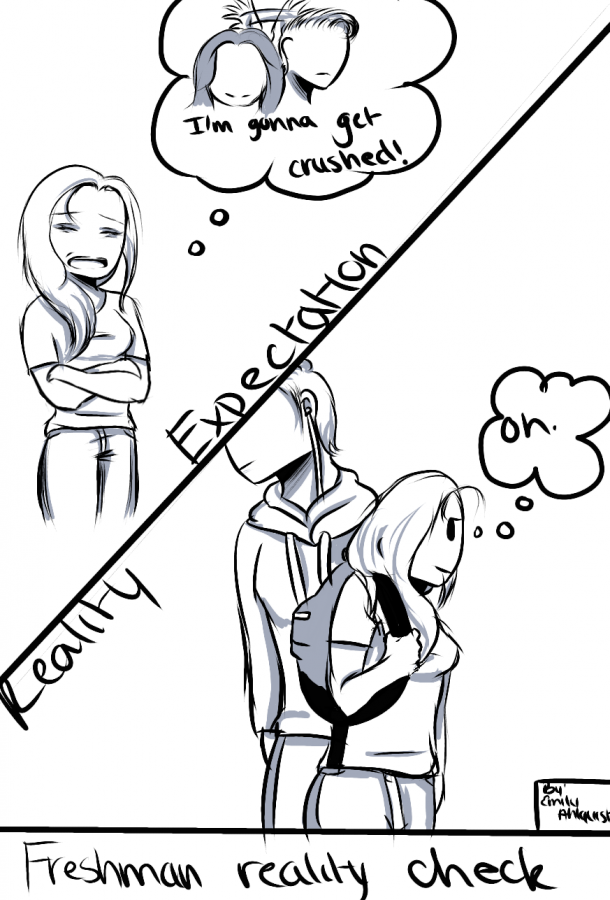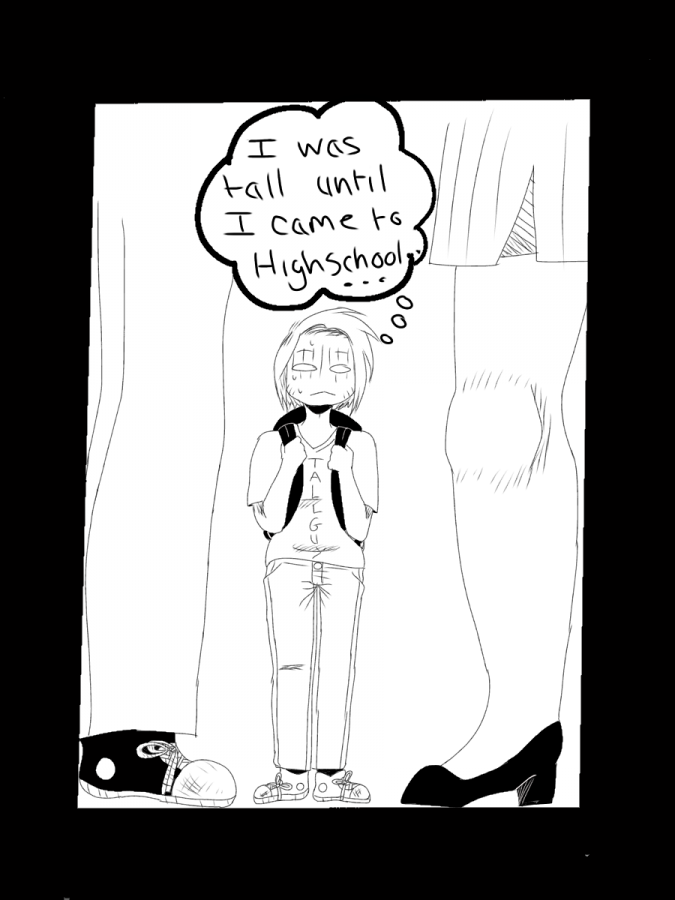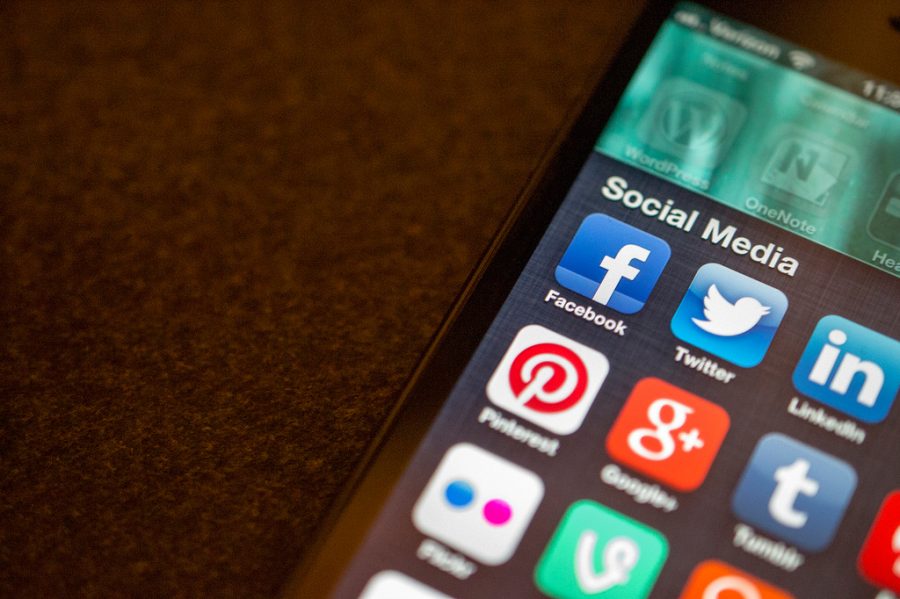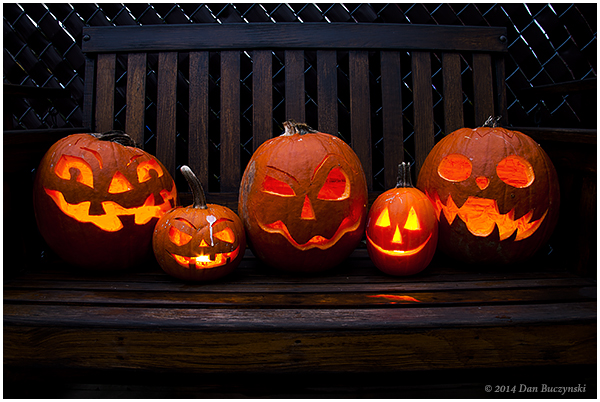The damage social media has on teens’ mental health
June 7, 2018
It’s no secret the use of social media has spiked with the maturation of the millennial generation and the new technological era. To put into perspective this expansion of social media usage, as of 2018 Twitter has an average of 336 million people using the application monthly, and Instagram has an average of 800 million.
Social media can be a useful tool for communication and socializing, however, its benefits are overshadowed by its drawbacks. The downsides to social media can cause notable damage to healthy self-image, especially in teenagers.
On such online platforms, teenagers confront various issues, including “cyberbullying, trolls, toxic comparisons, sleep deprivation, and less frequent face-to-face interactions,” (Psycom).
The expansion of the Internet has equated to the expansion of bullying. This cyberbullying can make home can no longer seem like a safe space for teens with constant notifications of negative criticisms, senseless hate comments, and subtweets that introduce drama and personal problems online.
Additionally, things circulated online “may never disappear, resurfacing at later times to renew the pain of cyber bullying,” (Bullying Statistics).
The growth of the Internet has also fostered a new set of social norms, with a focus on likes, followers, and aesthetics. It is not uncommon for intense preparation to go into a “candid” picture: the lighting must be perfect, the quality must be crystal clear, editing apps are used to ensure contrasts and colors coincide with a theme, and multiple approvals must be written before hitting ‘post.’
These manufactured images create a fantasy representation of what a person’s life truly is. There is nothing wrong with filtering what is and what isn’t seen; however, it becomes a problem when pressure is felt to uphold an image and comparisons are made to fabricated depictions of life.
It is reported that teens are aware of these “highlight reels,” but regardless, everything from “physical appearance to life circumstances to perceived successes and failures are under a microscope on social media,” (Psycom).
In the 2015 Common Sense Census, it was reported that teens spend an average of nine hours a day on the Internet, not including the time spent on completing assignments for school.
Constant screen time not only reinforces this new, unattainable social norm, but it lessens the amount of social interaction teens experience. This lack of interaction makes it difficult for teens to develop empathy and be assertive when faced with tough situations in their daily lives.
To prevent these issues from surfacing, it is crucial to balance screen time with building real-world relationships. Sometimes a phone detox is the best way to detach from drama and maintain a positive attitude. Make time to disconnect, and during that time, complete something productive or schedule time to hang out with loved ones.
If people are using their accounts to bully and harass others or yourself, be sure to block and report them. Keeping social media accounts on the ‘private’ setting prevents bullies from having access as well.
Additional information on the relationship between teens’ mental health and social media can be found on psycom.net, bullingstatistics.org, and commonsensemedia.org. Click back to thechscourier.com for past and future installments of this ‘Mental Health Awareness’ series.











